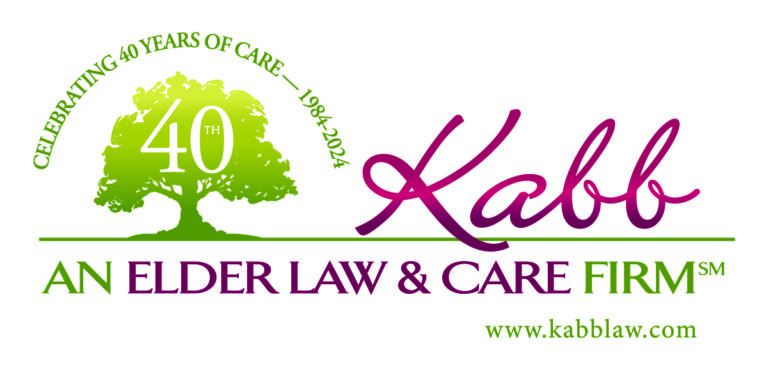What is atrial fibrillation, more commonly known as Afib?
First of all, it’s serious. It’s when the upper two chambers of the heartbeat rapidly and unpredictably.
This condition can cause blood to collect in the heart and potentially form a clot. The clot could travel to a person’s brain, and cause a stroke.
People who are at the greatest risk are people age 65 and older, people with high blood pressure, heart disease or diabetes, women more than men, family history, sleep apnea, obesity, thyroid problems, metabolic syndrome, chronic kidney disease, or lung disease.
About 5.1 million people in the U.S. have afib.
The more uplifting side of this condition is that by diagnosing and treating afib, 60 to 80 percent of strokes can be prevented.
Prevention can begin with knowing the symptoms. Here is a list of things to be cognizant of:
- General tiredness or weakness
- Rapid and irregular heartbeat
- Fluttering in the chest
- Dizziness or lightheadedness
- Anxiety or confusion
- Shortness of breath
- Chest pain or pressure
- Low blood pressure
Below are 10 Facts you Need to Know About Atrial Fibrillation:
- By the year 2050, the US population with afib will increase to 15.9 million. Presently, 350,000 annual hospitalizations are attributed to afib. People over the age of 40 years have a 1 in 4 chance of developing afib.
- Afib is the leading cause of strokes. What’s worse is that, according to the American Heart Association, only half of the afib patients understand that they are at an increased risk of having a stroke.
- The U.S. Congress has recognized the need for more afib awareness, and on September 11, 2009, declared September as National Atrial Fibrillation Month.
- Celebs with afib include Barry Manilow, Jerry West, and Helmut Huber (husband of Susan Lucci).
- Healthcare professionals tend to minimize the impact of afib. It typically is not seen as a complex cardiac condition, and therefore may not be given the level of support needed, or the information needed for self-management of the condition.
- Afib patients may go untreated. Patients have sometimes gone for a year or two undiagnosed, and sometimes aren’t diagnosed until they have had a stroke.
- The quicker the treatment, the greater the chance afib can be stopped. On the flip side, the longer an afib patient goes undiagnosed the more chance his/her intermittent afib will become constant afib, which is much more difficult to stop or cure.
- Afib changes the shape and size of the heart which is correlated with strokes.
- Treatment continues to rapidly evolve. Today’s treatments include minimally invasive ablation procedures inside and outside the heart.
- You can make a difference in an afib patient’s life. Share the StopAfib.org site with a patient.
As mentioned above, September has been set aside as National Atrial Fibrillation Awareness Month to help everyone make a difference in the life of an afib patient. Forward our blog to everyone you know who has this condition. Something this simple could help someone become free of afib. For more information, call one of the professionals at Kabb Law at 216-991-KABB (5222).

